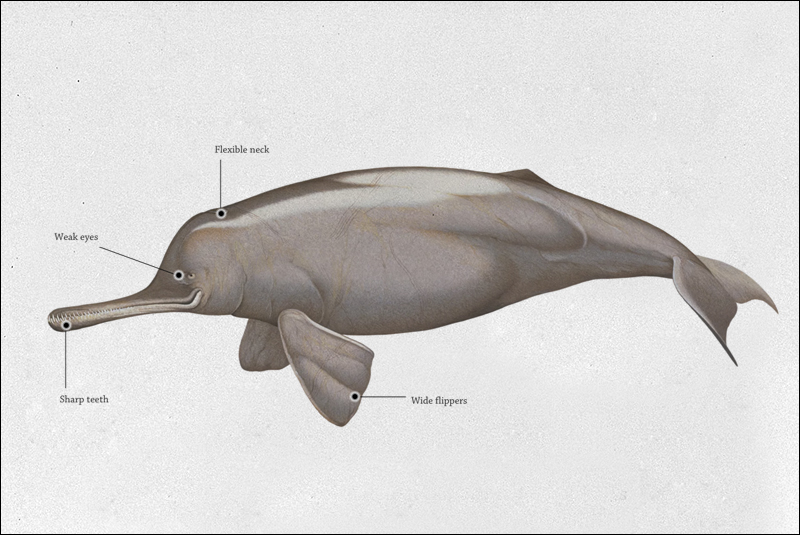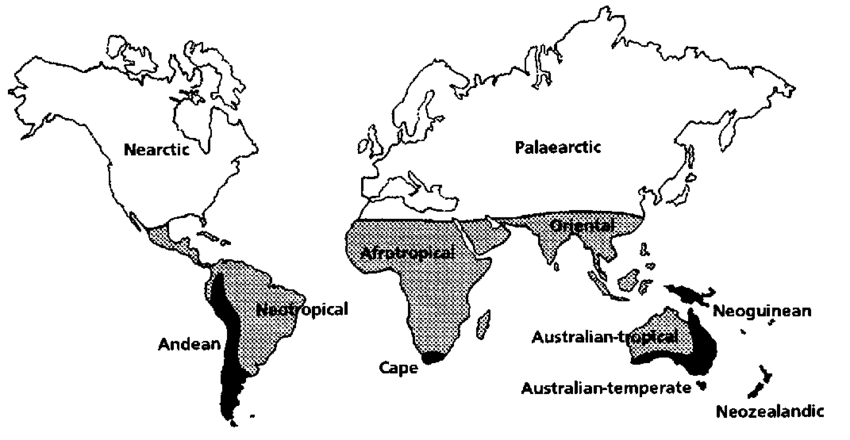7667766266
enquiry@shankarias.in
Gangetic Dolphins

Vikramshila Gangetic Dolphin Sanctuary
National Board for Wild Life
Mollem Wild Life Sanctuary
Kawal Tiger Corridor
Etalin Hydropower Project
Dibru-Saikhowa National Park
Biogeographic Zones

Environment Impact Assessment (EIA) notification 2020
Non-Allied Movement
Virtual Non-Aligned Movement (NAM) Summit
Central Administrative Tribunal (CAT)
World Press Freedom Day
Reporters without Borders
Press Freedom Index
Draft Rules for Unlinking TV channels
Up linking and Down linking
Source: The Hindu, News on Air, Economic Times